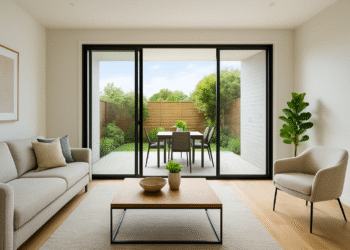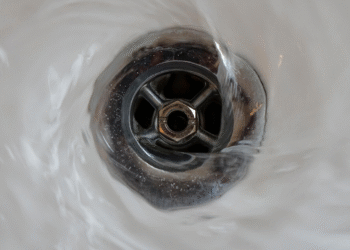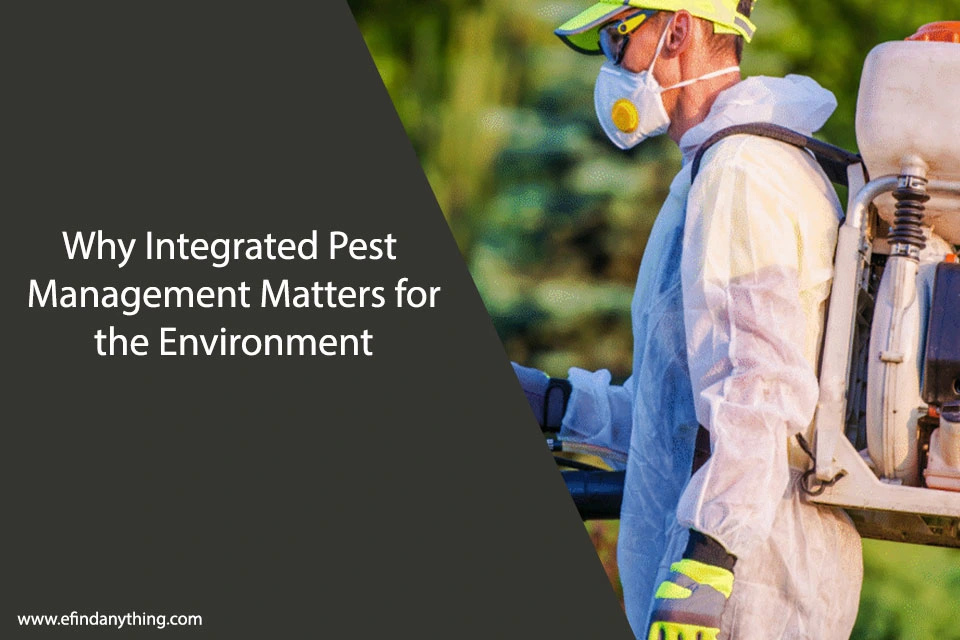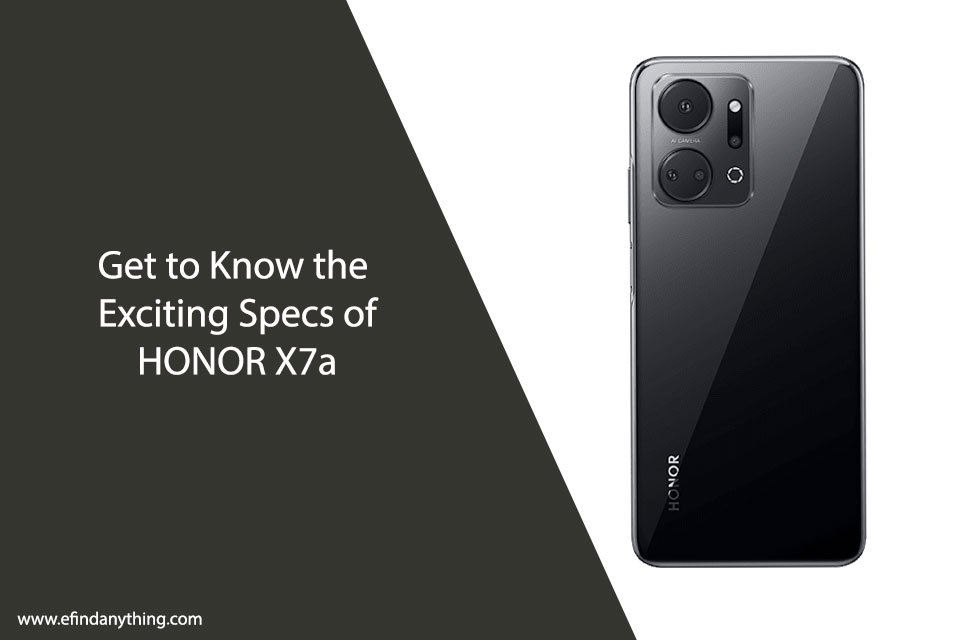If you’re in the market for a new houseplant, you may have come across two popular varieties of alocasia: Alocasia Amazonica and Alocasia Polly. While they may look similar, these two plants have some differences in their care requirements and appearance. In this article, we’ll take a deep dive into the world of alocasia plants and explore the similarities and differences between Alocasia Amazonica vs Polly.
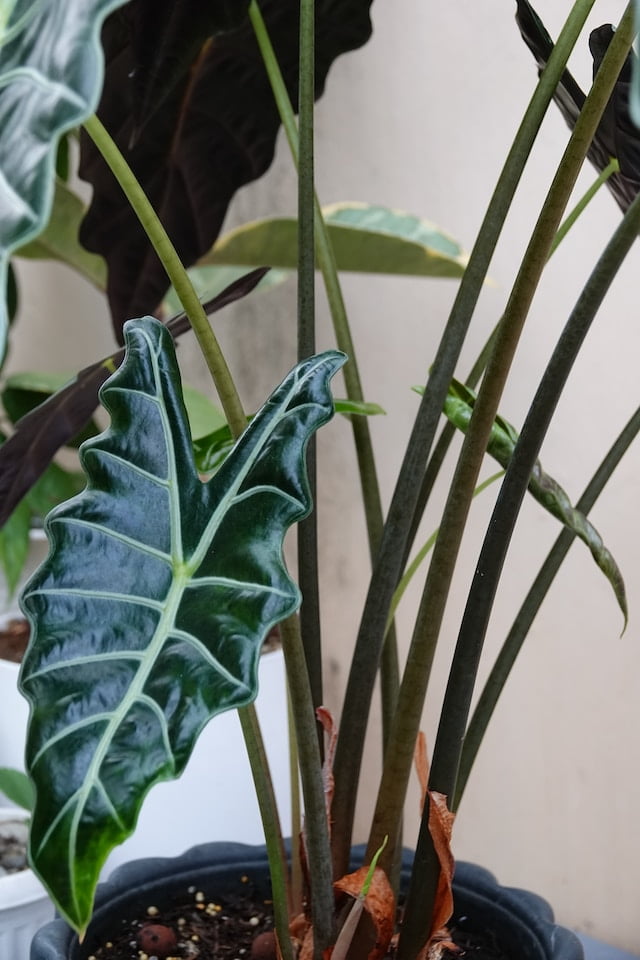
Alocasia Amazonica: Origin and Appearance
Alocasia Amazonica, also known as Amazon Elephant Ear or Alocasia x amazonica, is a tropical perennial houseplant with glossy arrowhead leaves. It is a hybrid of Alocasia longiloba and Alocasia sanderiana, both of which are native to tropical Asia and the Indian subcontinent. This plant is believed to have been bred by a Florida nursery owner who wanted to create a plant with a unique flowering pattern.
One of the most striking features of Alocasia Amazonica is its silvery-green background color, which makes it a standout addition to any indoor garden. Its leaves are triangular and resemble elephant ears, with a wavy texture that adds visual interest. This plant is also known for producing small, fragrant spathe flowers that resemble calla lilies.
Alocasia Polly: Origin and Appearance
Alocasia Polly, also known as African Mask Plant or Alocasia x amazonica ‘Polly’, is a hybrid of Alocasia longiloba and Alocasia sanderiana. Like Alocasia Amazonica, it is a tropical perennial houseplant with glossy arrowhead leaves. However, Alocasia Polly has some distinct differences in appearance compared to its Amazonian counterpart.
One of the most notable differences is the shape of its leaves: Alocasia Polly’s leaves are striped and zigzagged, with edges that are cut to a quarter of their length. This gives the plant a unique, almost sculptural look. Additionally, Alocasia Polly’s leaves may appear greenish-purple depending on the amount of light it receives.
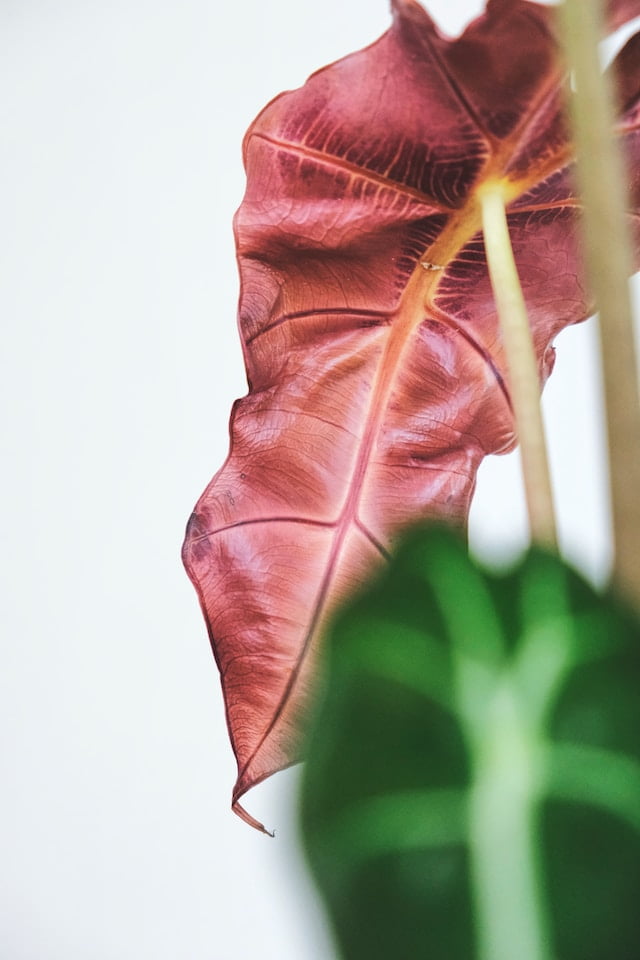
Care Requirements: Alocasia Amazonica vs Polly
When it comes to caring for Alocasia Amazonica vs Polly, there are some similarities and differences to keep in mind.
Light and Temperature
Both Alocasia Amazonica and Polly require bright indirect light to thrive indoors. They should be placed near a window that gets a lot of indirect light, but protected from bright sunlight as direct sunlight will burn the leaves and cause them to lose their vibrant color. If they are not kept in a bright spot, they should be covered with a sheer curtain. The latter is a great option for low-light rooms.
In terms of temperature, the ideal range for both plants is 18-27°C, however, they can withstand temperatures as low as 15°C.
Watering and Humidity
During the growing season (Spring-Summer), keep the soil evenly moist but not waterlogged, watering only when the surface begins to dry (top 3-5cm). In the winter, watering should be done only once every 1 to 1.5 weeks. Both species require a lot of humidity to reproduce their tropical origins, so water them every day or keep them near a humidifier.
Alocasia polly prefers high humidity. Because it is native to tropical forests, it is not suitable for dry climates. A humidifier is necessary for this plant to thrive. Alocasia Amazonica, on the other hand, can tolerate lower humidity levels, but will still benefit from a humidifier or regular misting.
Soil and Fertilizer
Both Alocasia Amazonica and Polly require a lightweight, well-draining potting mix. Alocasia Polly benefits from regular fertilization with a balanced liquid fertilizer once a month, while Alocasia Amazonica can be fertilized once or twice a year.
Diseases and Pests
Alocasia plants can be prone to certain diseases and pests, including mealybugs, spider mites, and root rot. To prevent these issues, it’s important to maintain proper care practices, including proper watering and humidity levels. If you do notice signs of pests or disease, treat the plant promptly with an appropriate insecticide or fungicide.
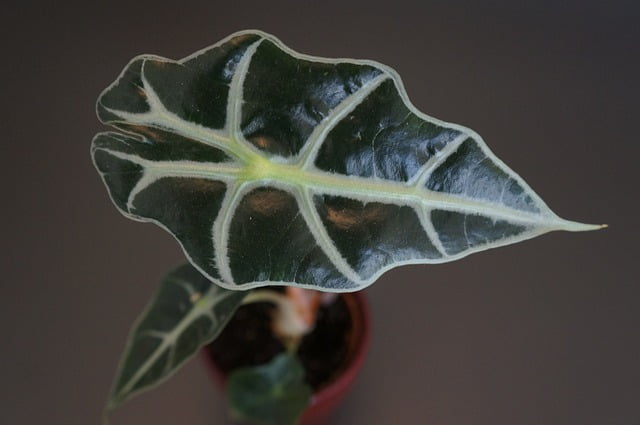
Conclusion: Which One is Right for You?
When it comes down to choosing between Alocasia Amazonica vs Polly, the decision ultimately comes down to personal preference and care requirements. Both plants are attractive and easy to grow, but Alocasia Polly may require slightly more attention when it comes to humidity levels and fertilization. Consider your own living space and routine when deciding which plant is right for you.
Overall, Alocasia Amazonica and Polly are both excellent choices for anyone looking to add a touch of tropical flair to their indoor garden. With proper care and attention, these plants can thrive for years to come.



